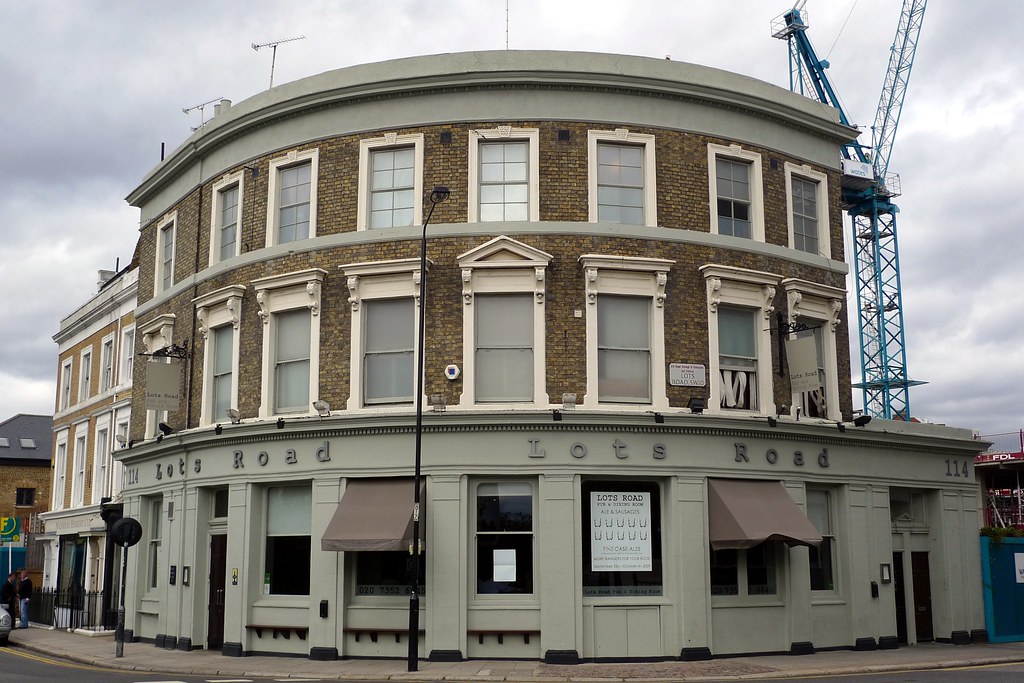Its very early, before 5 am on a dark, fortunately dry but cold morning. We are in the middle of nowhere it seems but despite the time and location, there are a number of cars appearing and parking with their occupants jumping out. Soon there is a steady concourse of people crossing the rather busy A road much to the confusion of the drivers who speed at some breakneck speed along this highway. 252 days of the year there is no one and to anyone driving along this is a confusing scene. Its no rave they are going to but the oldest continuously held ceremony in Britain. It is the morning of the 11th of November and just as dawn appears those who have made the early morning pilgrimage are here to see the Wroth silver.
A fair sized crowd have assembled in the darkness around a small mound at the edge of a rather unprepossessing field. This has varied over the years from over 300 to 6 during the war years and in Covid it was probably done digitally! Upon the mound is the base of a worn cross base called the Knightlow Cross. Here representatives of 25 villages which made up of the hundred of Knightlow part of the county of Warwickshire assembly with the Mayor and the representative of the Lord of the Manor to give their dues at first light. A ceremony that has continued at least 800 years if not longer dating back some say to Saxon times, although the first written record in 1210 when a collection of 14s 1/2d was made. Why? No one is not sure but it may have provided moneys for the King to travel through the parish as the land was originally owned by the King. In 1629 the rights to the ceremony and its collection were ‘sold’; granted by letters patent by Charles I to Sir Francis Leigh and his heirs for ever for £40. Interestingly, the parishes of Baginton, Bilton, Cestersover, Frankton, Harborough Magna, Newnham Paddox, Rugby, Shuckborough, and Whitnash were included, but the 1687 return lists these under the heading—’Wroth money denied to be paid’ and one wonders whether as it was no longer to the king they decided no longer to pay. Whether they paid a fine is unknown.
At the cross stood the Mayor is their bright red coat and beside them the steward, representative of the Duke of Buccleuch and Queensberry whose estate is in Scotland but who owns the field dressed in the similarly tradition tweed and beige slacks. Everyone fancies east to greet the dawn. The custom starts at first light usually 6.45 but when I attended it was a bit earlier as the Duke’s representative got his mobile out to read the charter of assembly which perhaps is not really in keeping perhaps. It was added that if anyone felt not enough money was added they could add more!
As the names of the parishes were read out various people came forward to throw the money owned into the cross base, saying ‘Wroth Silver’ with an occasional additional cry being any more money from that parish or is there a representative here from that parish? With rumbling and giggles if there was not anyone forthcoming but usually someone was available although sometimes it was the same person! One regular attendee since the 1970s is the noted folklorist Doc Rowe who attended nearly every Wroth silver since and has become a valued part of the custom himself even contributing some monies himself!
As soon as the custom had started it had sort of finished and the Duke’s representative reached down into the cross and grabbed the coins to fill a money bag with wroth silver on it as he counted how much there was. The traditional amount should add up to 46p now at some point it was higher as nine other villages contributed but it looked a bit more than that.
Fortunately, all the villages paid for if they had not a fine would be made. This would be 100 pence for every penny owned or else produce a white bull with red ears and a red nose which may be impossible as it thought to have been tacked up by a previous duke, the second Duke of Montagu in 1729 as he did like a wind up. No-one has paid it that I am aware but maybe that’s why these other parishes also no longer attend.
Soon we got back into the car for the next part of the ceremony which is the traditional breakfast with toasts and speeches. The warmth of the opening fire, hot tea and great hospitality was much welcome although it was noted how we had been blessed with the weather. Here the Duke and monarch are toasted with hot milk and rum and I noticed they were already on the table and there long churchwarden pipes adorned with Wroth silver on them. Sadly I did not attend for the full event as I had to attend the Lord Mayor’s show but I was lucky enough to be given a pipe by my host for the day fellow folklorist Steve Badon who despite living in Rugby had never attended.
This post is dedicated to Steve Bladon who sadly passed away a few months after














